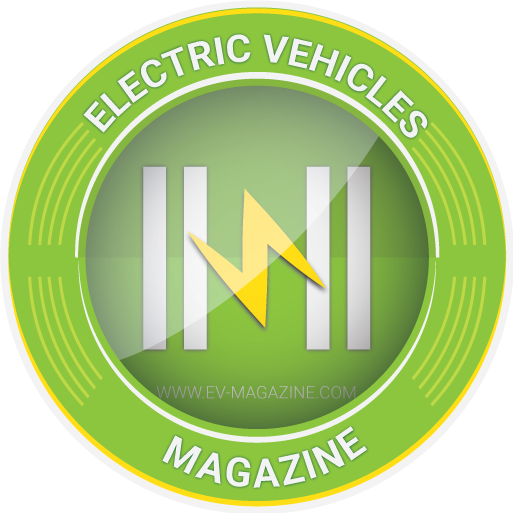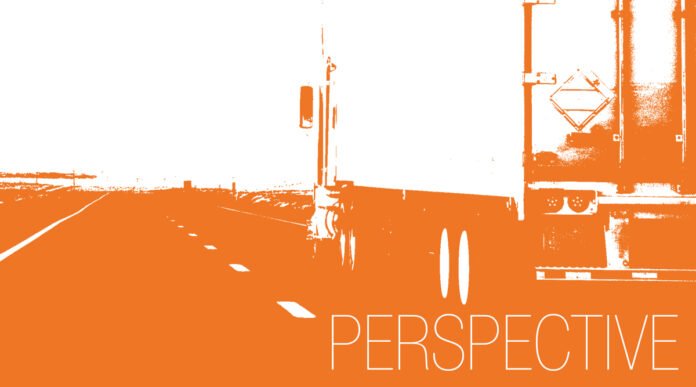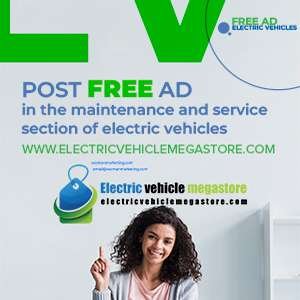[Stay on top of transportation news: Get TTNews in your inbox.]
The greatest hurdle to the widespread adoption of medium- and heavy-duty zero-emission vehicles is the most difficult to overcome: an underlying lack of trust and faith in ZEVs. While many fleet managers have this concern, few mention it publicly for fear that their company will be perceived as one that doesn’t support environmental sustainability.
In trucking, where profit margins are notoriously low, any kind of uncertainty is a concern — one major mistake can be the difference between a transporter being profitable or failing. Trucks are among fleets’ most valued assets, and their dependability and performance are paramount to companies’ success. A federal certification system that quantifies their capabilities would go a long way to assuaging these concerns.
Much is said about the more familiar obstacles facing broader adoption of ZEVs, such as cost, lack of infrastructure, limited range and more. All these issues coalesce to create the uncertainty swirling around ZEVs. Many fleet managers note that there are more questions and unknowns than answers. Add in the unstable political and global environment, and one can understand managers’ hesitancy.
Instability on the equipment side also creates uncertainty. While some original equipment manufacturers have EV trucks in serial production, others have faltered. The Tesla Semi — one of the most ballyhooed marketplace entrants — has yet to deliver on founder Elon Musk’s promises despite thousands of orders dating to 2020. Several other electric truck manufacturers — Lightning eMotors, Volta Trucks and Lordstown Trucks among them — have shuttered.
Against this backdrop, creating confidence in the medium- and heavy-duty ZEV sector is not easy. Some ZEV manufacturers have contributed to this credibility problem by failing to make available basic information relating to the performance of their vehicles. Obtaining data like vehicle weight, range and charge requirements from some manufacturers is akin to trying to acquire top-secret information from the Pentagon.
RELATED: Report Finds Opportunities, Obstacles for Electric Vehicles
So how do we bridge this trust and credibility gap? I suggest establishing a path that instills greater confidence in these vehicles, leading to more rapid adoption.
One way would be for an entity like the Environmental Protection Agency to step in and verify ZEV manufacturers’ data. The idea is not unprecedented.
Years ago, trucking faced a similar dilemma when a flood of fuel-efficient and emission-reduction products came to market. Some proved their value, such as trailer skirts and fins, tractor fairings, auxiliary power units and low-rolling-resistance tires. Fleets welcomed these products because they helped reduce fuel consumption and companies’ environmental footprint.
Other products did not deliver, and complaints and questions arose from operators who purchased them.
Transtex CEO Mathieu Boivin discusses the environmental sustainability of auxiliary power units. Tune in above or by going to RoadSigns.ttnews.com.
EPA realized the importance of these advancements in reducing emissions and the value in quantifying their effectiveness. It recognized that for quicker adoption, there was a need to instill confidence in the marketplace. At that point, EPA and its SmartWay program stepped up.
SmartWay established standards that must be met for verification by the program and created a clearinghouse where manufacturers can submit their products for verification. These days, many trucking companies won’t consider adoption of any emission-reduction advancements unless they are SmartWay-verified.
Initially, EPA accepted manufacturers’ data for verification. But some products’ performance fell short of what was promised. To ensure greater integrity, EPA enacted a more independent process, whereby technologies must be tested using uniform procedures.
A higher level of trust in ZEVs is needed and could perhaps be realized through a program like SmartWay. Medium- and heavy-duty ZEVs could be tested under common protocols. Those that meet certain criteria could receive verification and appear on EPA’s website with test data available. Customers would then have a better idea of ZEVs’ performance and whether they’d fit their applications.
Trucking supports the ZEV transition and believes these vehicles will improve. In the interim, though, greater transparency and accountability are needed from ZEV manufacturers about the performance and capabilities of these vehicles. And some quantifiable standards would help.
Greg Fulton is president of the Colorado Motor Carriers Association, which represents more than 600 companies involved with trucking in the state.
Source link
#Perspective #Overcoming #Greatest #Hurdle #ZEV #Adoption







